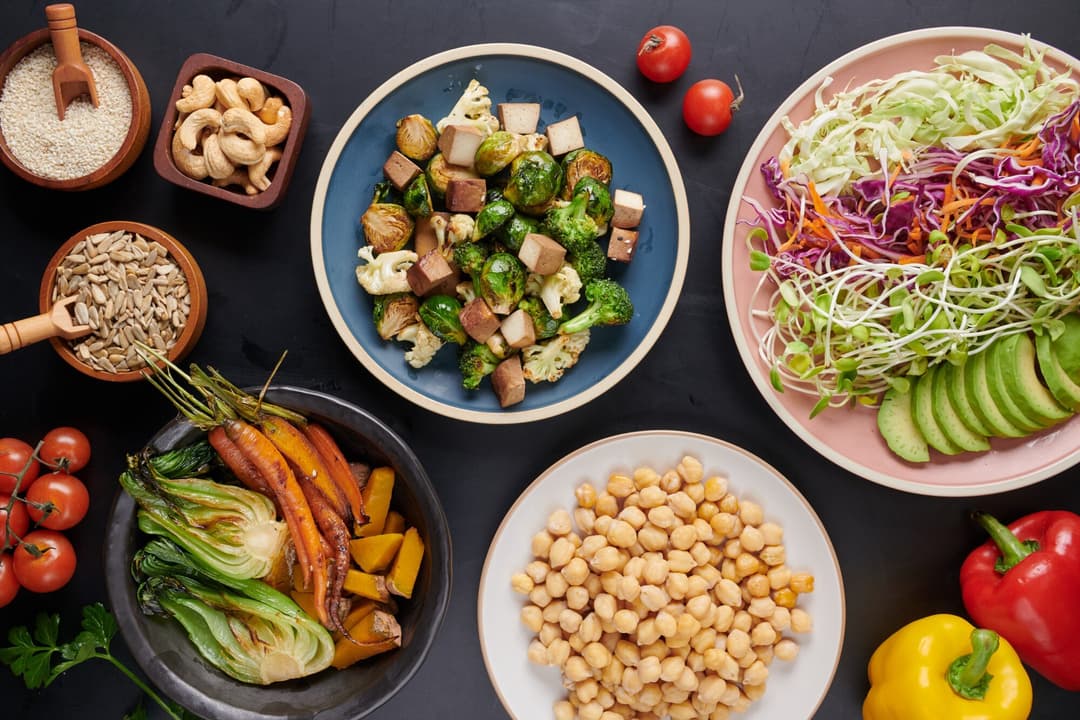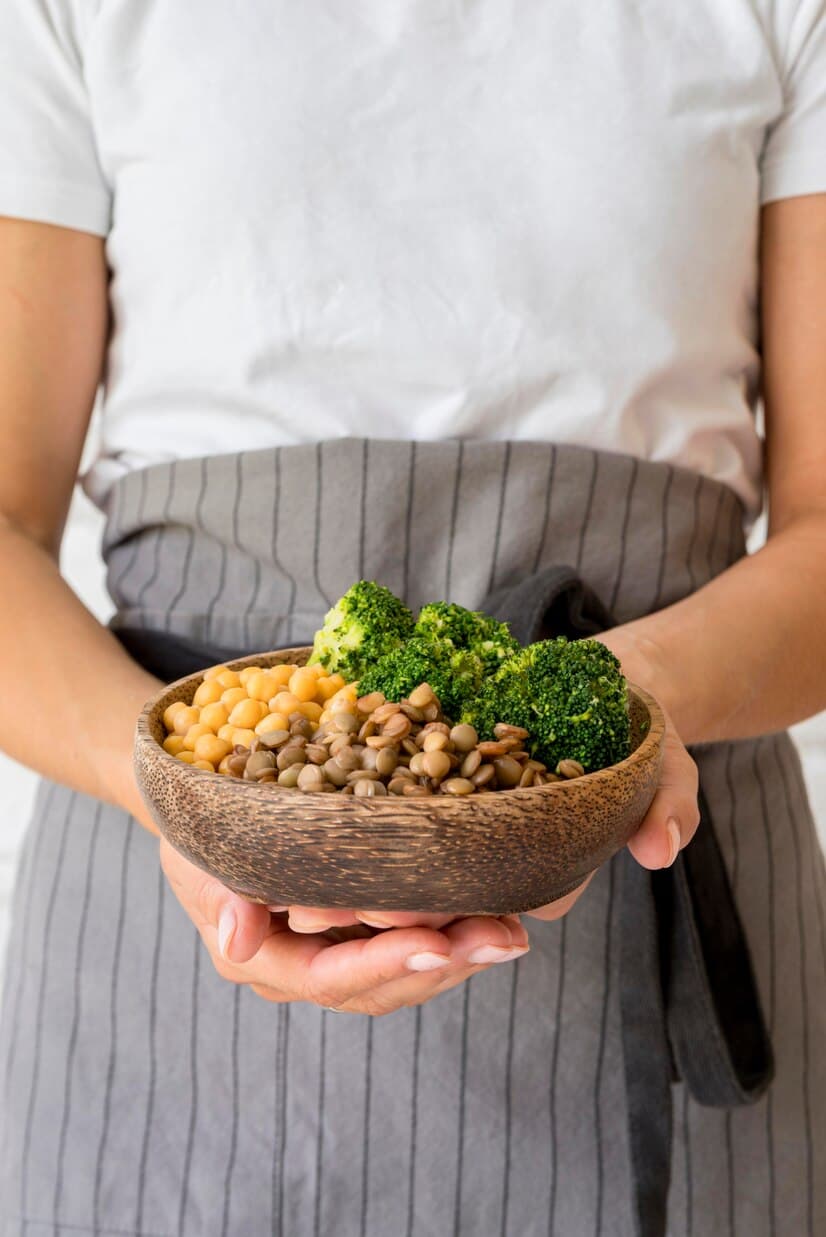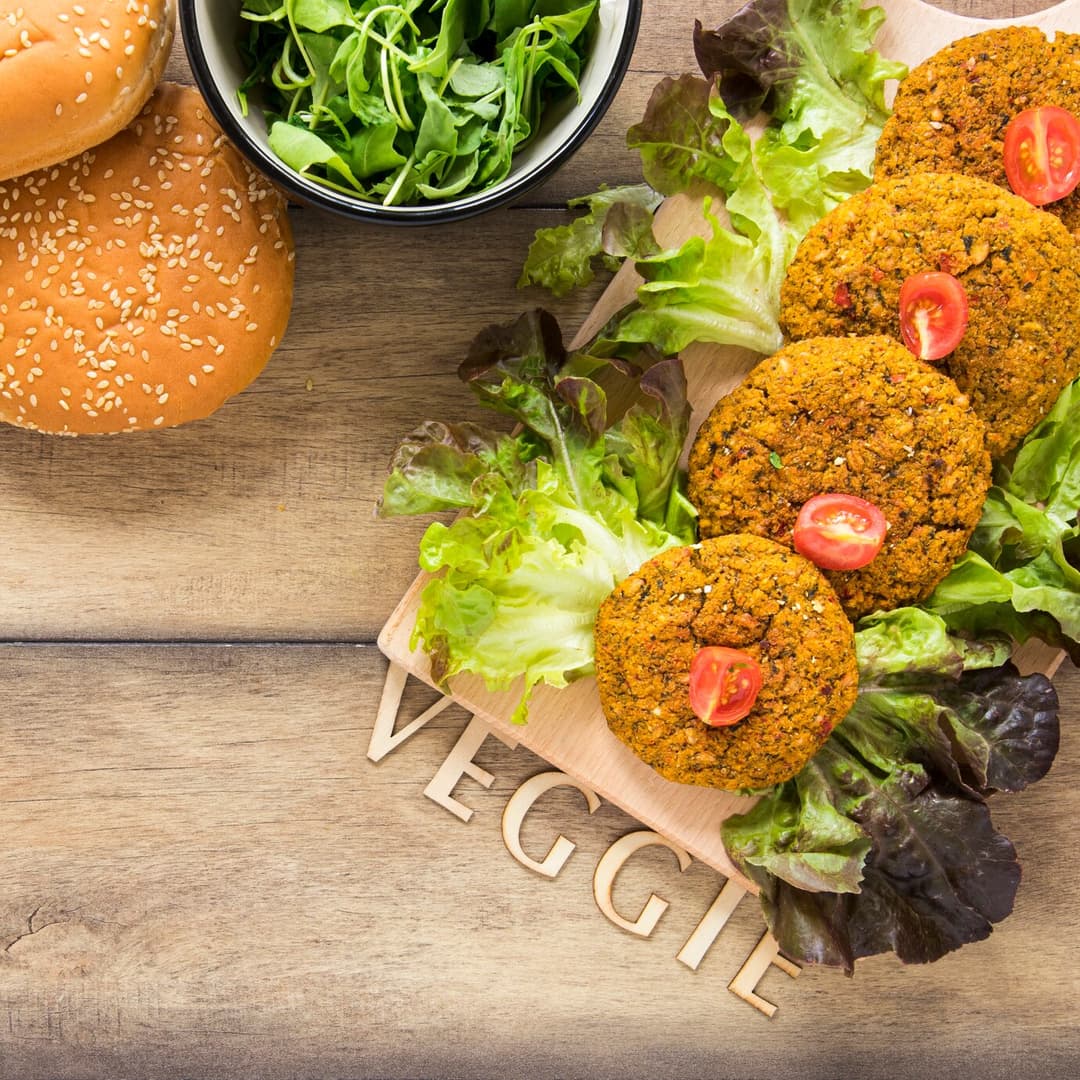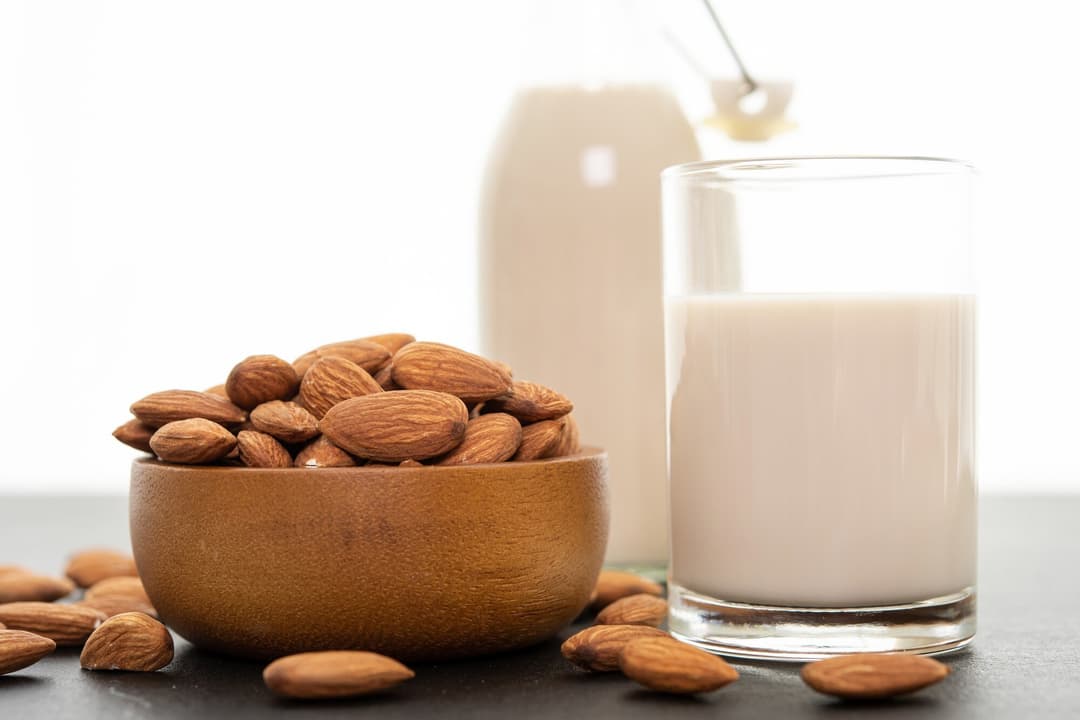Rethinking What’s on the Plate: The Rise of the Alternative Food Industry
Not too long ago, the idea of eating meat grown in a lab or burgers made entirely from plants felt like science fiction. Fast forward to today, and these products are lining shelves, showing up on restaurant menus, and grabbing serious investor attention. The alternative food industry has officially moved from the fringe to the mainstream, and it's changing the way we eat, produce, and think about food.

200+ buyers trust Torg for sourcing


What Exactly Is Alternative Food?
The term "alternative food" covers a broad range of products that serve as substitutes for traditional animal-based foods or heavily processed staples. That includes meat alternatives suppliers that sometimes offer:
- Plant-based meats and dairy
- Cultured (lab-grown) meat
- Insect-based proteins
- Fermentation-derived products
- Functional and fortified foods
What ties all of these together is their goal: to provide sustainable, ethical, and sometimes healthier alternatives to conventional food sources.
Why Now? What’s Fueling the Shift
Several factors have collided to push the alternative food industry forward:
- Environmental concerns over meat and dairy production’s carbon footprint
- Health-conscious consumers looking to cut back on saturated fats or cholesterol
- Animal welfare movements gaining broader public support
- Food tech breakthroughs that make these alternatives taste and feel more like the real thing
It's not just vegans and vegetarians driving the demand. The majority of customers for alternative food products are flexitarians, which are people who want to cut down on meat without cutting it out completely.

Plant-Based Isn’t Just Tofu Anymore
Remember when the only meat substitute was a dry veggie patty or rubbery tofu? Those days are long gone. Thanks to companies like Beyond Meat and Impossible Foods, plant-based meat is juicier, more flavorful, and even “bleeds” like the real thing using natural ingredients.
Alternative dairy suppliers have also exploded, with oat milk, almond milk, cashew cheese, and soy-based yogurts filling grocery store aisles. And these aren’t just copycats anymore, some are developed as entirely new taste experiences.

The Rise of Cultured Meat
Perhaps the most futuristic (and controversial) segment of alternative food is cultured meat. This is real meat grown from animal cells in bioreactors, without raising or slaughtering animals. Singapore became the first country to approve its sale, and others are likely to follow.
While still expensive to produce, costs are dropping quickly, and companies are scaling up production with hopes of hitting shelves in more countries within the next few years.
Alternative Proteins: Bugs, Algae, and More
It might not be for everyone (yet), but insect-based suppliers are gaining traction as a sustainable and highly nutritious option for people. Crickets and mealworms are already being processed into flours and protein bars in many parts of the world.
Algae and fungi are also being explored as rich sources of protein and micronutrients, especially for food security in the face of climate change.
Sustainability at the Center
A major appeal of alternative foods is their smaller environmental footprint. Plant-based proteins, for example, use significantly less land, water, and energy than beef or pork. Cultured meats offer the promise of drastically reducing greenhouse gas emissions, though current production methods still have a long way to go.
Packaging manufacturers are being innovative as well, with many alt-food brands leaning into compostable, recyclable, or even edible packaging options.

The Consumer Mindset Is Changing
One of the most important drivers of the industry isn’t just technology—it’s you. Consumers today want to know:
- Where their food came from
- How it was made
- What it does to their body and the planet
That’s why labels like non-GMO, organic, gluten-free, and climate neutral are more than just marketing buzzwords, they’re often make-or-break decisions at checkout.
Global Expansion and Cultural Acceptance
While the alternative food movement started mainly in North America and parts of Europe, it's now expanding globally. Asian markets, for instance, are rapidly adopting plant-based seafood and soy-based alternatives. In Latin America and Africa, homegrown startups are adapting alternative food models to local tastes and supply chains.
Still, cultural habits matter. In places where meat holds deep cultural or religious significance, alt-food brands are learning to frame their products not as replacements, but as complements or future-friendly options.

What’s Next for the Alternative Food Industry?
Here's what to watch:
- Hybrid products combining cultured meat with plant-based ingredients for better nutrition and cost efficiency
- Precision fermentation that can create animal-identical proteins without animals (like whey or egg whites)
- AI-powered food design to engineer better textures, flavors, and even nutrition profiles
- Government support and regulation that can make or break speed to market
The next wave of innovation won’t just be about replacing meat. It will be about rethinking food altogether, what it’s made of, how it's made, and why we eat it.
Request a Bulk Order Quote
Simple ordering, transparent pricing, delivered straight to your door

